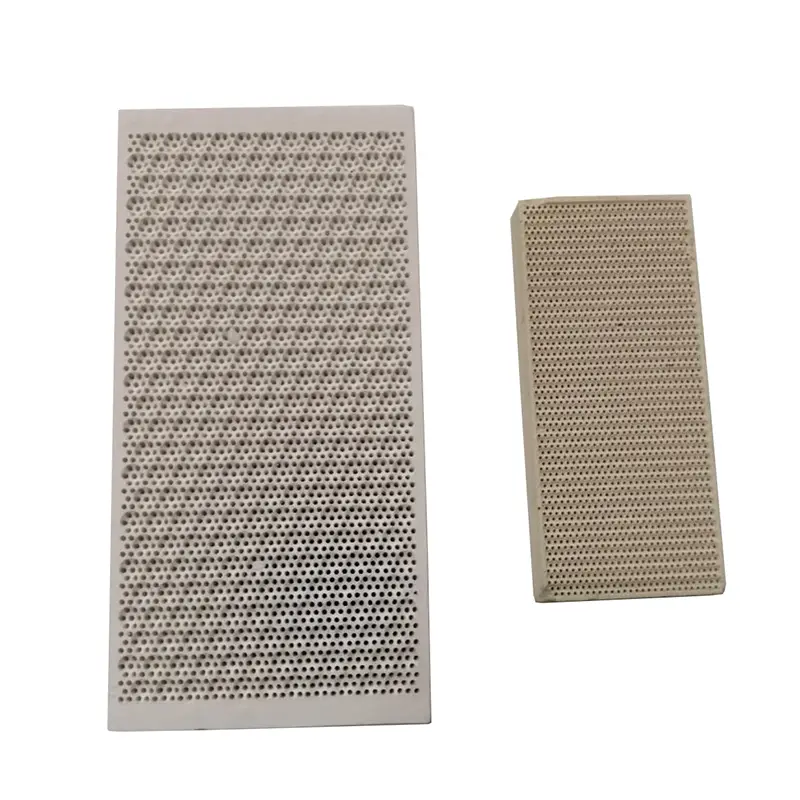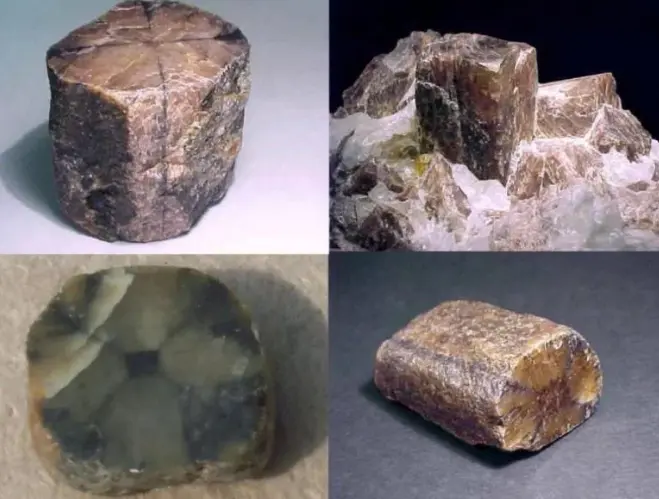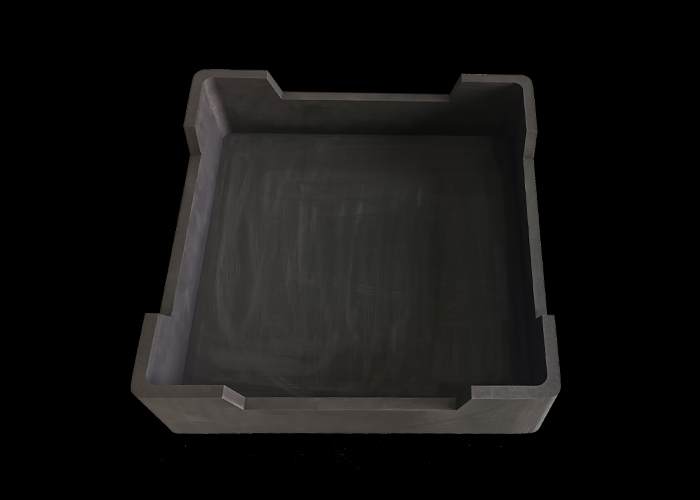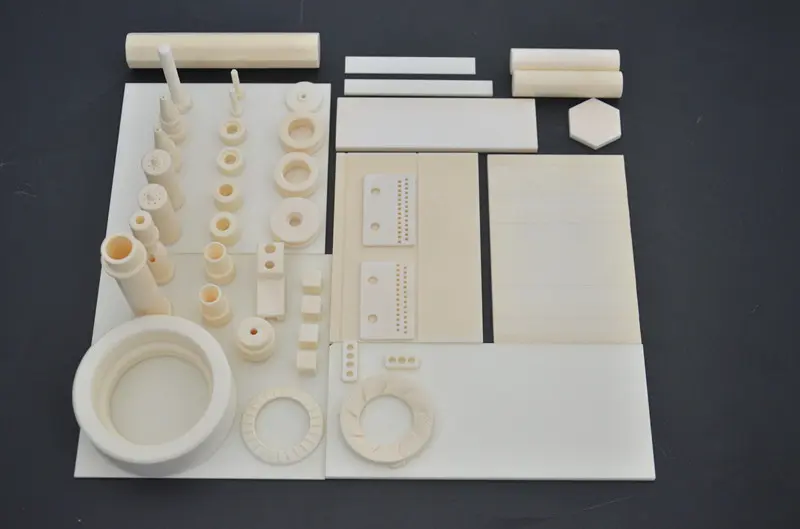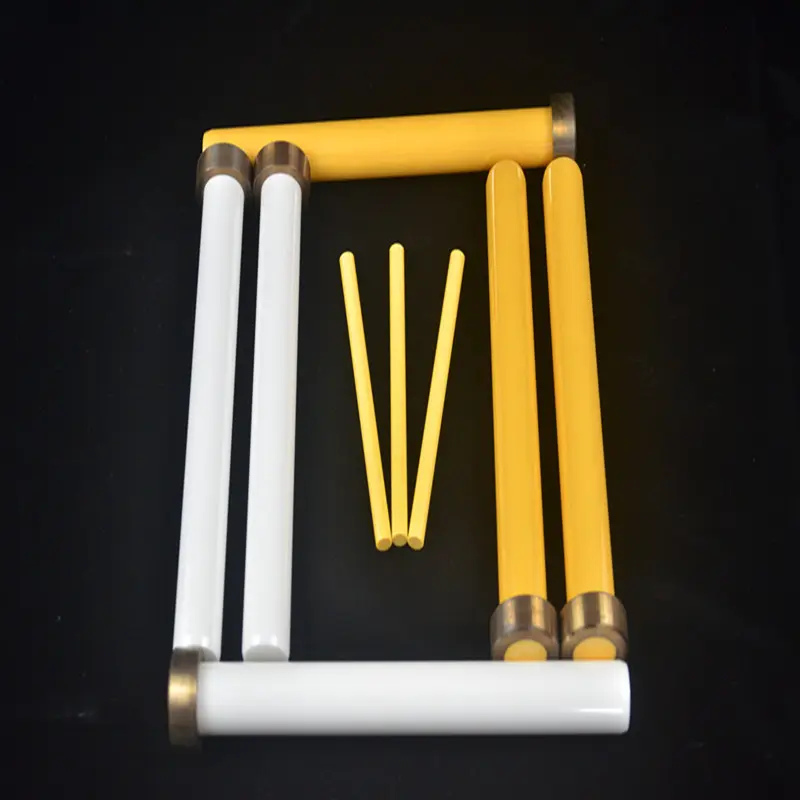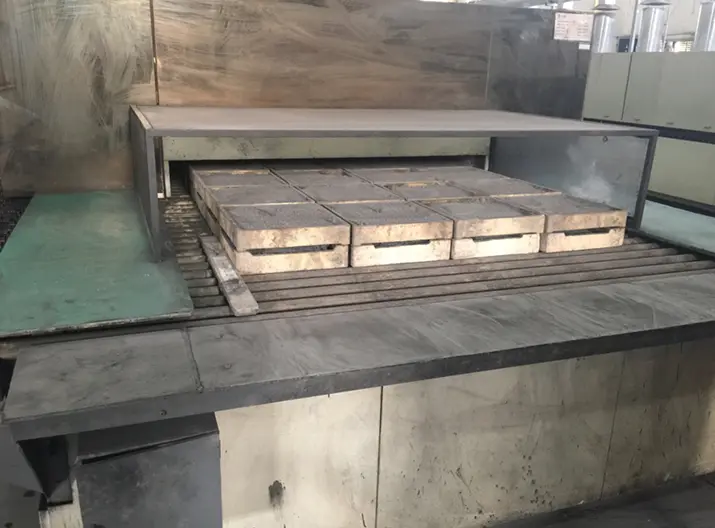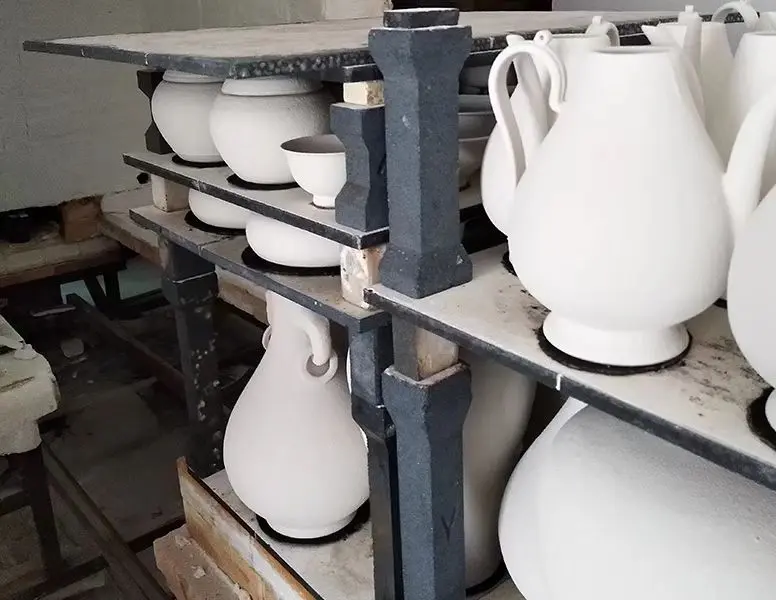The Multifaceted Role of Alumina Ceramic Plates in Powder Metallurgy Manufacturing
Core Properties Enabling PM Application:
The effectiveness of Alumina Plates in PM stems from their exceptional material characteristics:
-
Extreme Hardness & Wear Resistance (Mohs 9): Alumina's exceptional hardness makes it highly resistant to abrasion from constantly flowing and compacting metal powders. This drastically extends the service life of plates used in high-wear areas compared to hardened steel, minimizing downtime for replacements and maintaining consistent part quality over long production runs.
-
Superior Compressive Strength: Crucial for applications involving high pressure, such as uniaxial pressing, alumina plates resist deformation and cracking under the immense loads (often hundreds of MPa) applied during powder compaction.
-
Exceptional Thermal Stability & Refractoriness: Alumina maintains its strength, dimensional stability, and chemical inertness at the high temperatures (often exceeding 1500°C) encountered during sintering. It does not soften, oxidize significantly, or react with furnace atmospheres or metal parts.
-
Low Friction Coefficient: The smooth surface achievable with alumina reduces friction between the plate and metal powders or tooling, aiding powder flow during filling and minimizing wear on opposing surfaces.
-
Excellent Chemical Inertness: Alumina is highly resistant to corrosion and chemical attack from lubricants, binders, solvents, and various sintering atmospheres (hydrogen, nitrogen, vacuum, etc.), ensuring long-term stability and preventing contamination of parts.
-
High Electrical Insulation: Essential for processes involving electrical fields or where electrical isolation is required.
-
Smooth Surface Finish: Precision grinding allows alumina plates to achieve very low surface roughness (Ra values down to 0.1 µm or less), critical for applications requiring precise powder control or minimal part adhesion.
Key Applications in the PM Process:
-
Powder Compaction - Pressing Plates/Dies:
-
Punch & Die Components: Alumina plates are extensively used as wear plates, spacers, inserts, or even entire die segments within uniaxial press tooling (especially for complex parts). Their hardness protects the underlying (and more expensive) steel tooling from abrasive wear by metal powders, dramatically extending tool life. They ensure consistent powder fill density and part ejection.
-
Isostatic Compaction Mandrels & Tooling: In Cold Isostatic Pressing (CIP) and Hot Isostatic Pressing (HIP), alumina plates and forms are used as mandrels, spacers, or encapsulating shapes. Their ability to transmit uniform pressure, withstand high temperatures (in HIP), and maintain dimensional stability under load is critical. They prevent bonding between the powder compact and the metal pressure vessel or other tooling.
-
Feed Shoe Liners: Plates lining the bottom of powder feed shoes minimize wear as powder slides across them during the die filling cycle.
-
-
Sintering - Furnace Furniture & Supports:
-
Sintering Trays, Boats, and Setter Plates: This is perhaps the most widespread application. Alumina plates provide a stable, flat, chemically inert, and thermally stable surface for supporting green PM parts during high-temperature sintering. They prevent sagging or warping of parts, resist reaction with parts or furnace atmospheres, and withstand repeated thermal cycling without degradation. Their smooth surface minimizes sticking and facilitates easy part removal after sintering.
-
Furnace Belts (Link Belts): In continuous furnaces, alumina plates are often linked together to form conveyor belts capable of operating at sintering temperatures far beyond the capability of metal belts.
-
Kiln Furniture (Posts, Beams, Shelves): Alumina plates and structural components create stable support structures (furniture) within sintering furnaces to maximize load capacity and ensure even heat distribution.
-
-
Powder Handling & Processing:
-
Powder Transfer Chutes & Hoppers: Lining chutes and hoppers with alumina plates minimizes powder adhesion (due to low friction/smoothness) and drastically reduces wear from abrasive powder streams.
-
Grinding Media (Less Common): While zirconia is often preferred, high-purity alumina balls or cylinders can be used for milling certain metal powders, leveraging their hardness and chemical inertness.
-
-
Quality Control & Secondary Operations:
-
Inspection Fixtures: Precision-ground alumina plates provide stable, wear-resistant reference surfaces for dimensional inspection of sintered parts.
-
Laser Machining Backstops: Alumina plates can serve as durable backstops during laser cutting or engraving of PM parts, absorbing stray energy without significant damage or generating problematic debris.
-
Advantages and Considerations:
-
Advantages: Dramatically extended tool/fixture life, reduced maintenance downtime, improved dimensional consistency of parts, minimized part contamination, high-temperature capability, excellent wear resistance, chemical stability, smooth surface finish, electrical insulation.
-
Considerations:
-
Brittleness: Alumina is susceptible to chipping or cracking under impact or point loading. Careful handling and design (avoiding sharp corners, providing adequate support) are essential.
-
Cost: High-purity, precision-ground alumina plates are significantly more expensive upfront than steel alternatives. However, their vastly superior lifespan and the reduction in downtime/defects often result in a lower total cost of ownership.
-
Thermal Expansion Mismatch: The coefficient of thermal expansion (CTE) of alumina is lower than most metals. Designs must accommodate this difference, especially in heated applications involving clamping or constrained assemblies, to avoid stress cracking.
-
Machinability: Alumina is very hard and can only be machined effectively using diamond grinding tools, making custom shapes potentially expensive.
-
Conclusion:
Alumina Ceramic Plates are not merely passive components but active enablers of efficient, high-quality powder metallurgy manufacturing. From protecting critical press tooling and ensuring uniform powder compaction to providing reliable, inert supports during high-temperature sintering and facilitating smooth powder flow, their unique properties address critical challenges throughout the PM process chain. While their initial cost and brittleness require careful consideration and handling, their exceptional wear resistance, thermal stability, and chemical inertness deliver substantial long-term benefits in terms of reduced downtime, extended equipment life, improved part consistency, and minimized contamination. As PM continues to advance, producing ever more complex and high-performance components, the role of high-performance materials like alumina ceramics, particularly in the form of robust plates, remains fundamentally important. Ongoing developments in alumina compositions (e.g., toughened grades) and manufacturing techniques promise to further enhance their capabilities in this demanding field.


